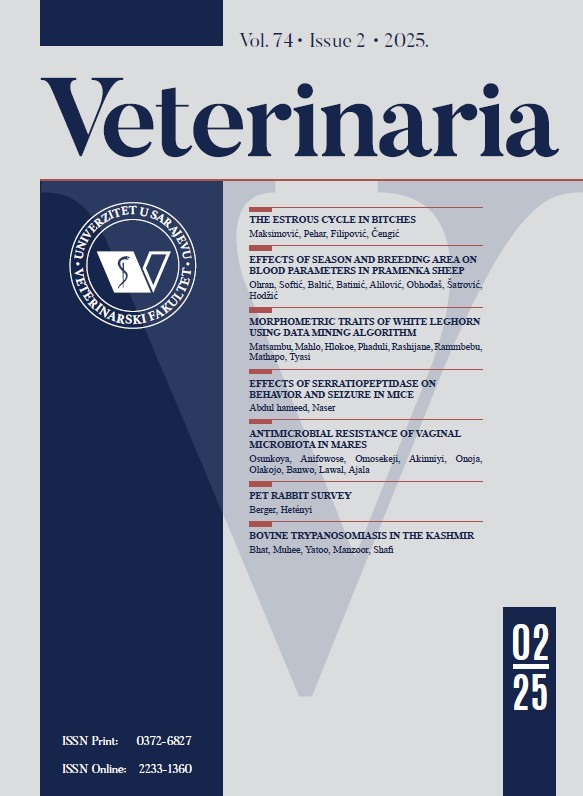Comparative cranial grip force components in raccoon dog (Nyctereutes procyonoides) species from four ecologies: an index in diet resource partitioning
Keywords:
Skull morphology, Procyonidae biomechanics, odontology, adaptationsAbstract
This investigation studied maxillo-dental morpho-types in raccoon dogs (Nyctereutes procyonoides) from four different geographies in terms of cranial size and mandible morphology. It predicted cranial grip forces in canine and mandibular teeth regions (M2) with derived lever models and regression analysis to establish a possibility of diet-induced morphological changes in the skull construction in relation to ecological variations and geo-locations, adaptation to peculiar environmental markers in the species studied. Only comparisons between categories and models were utilized in this investigation. Based on cranial shape-size analysis, nine shape–size groups were developed from three shapes and sizes categories. Composite diet interaction patterns in the species were used to form cranial grip force predictions. Grip force was observed to have a direct proportionality with skull size and that very significant (p<0.05). Shape was more significantly related to biting grip force in medium and large category samples (P<0.05), but not in the small-sized skulls. The study suggests that diet composition may have impacted skull profile morpho types from geo-paleontologic locations, and postulates that adaptive radiation in species taxa from ancestral types in terms of cranial features might have occurred due to biotic factors of environment and time of introduction. Results from this study will be relevant in systematics and paleontological studies.
Downloads
Published
How to Cite
Issue
Section
License
Copyright (c) 2020 VETERINARIA

This work is licensed under a Creative Commons Attribution 4.0 International License.








